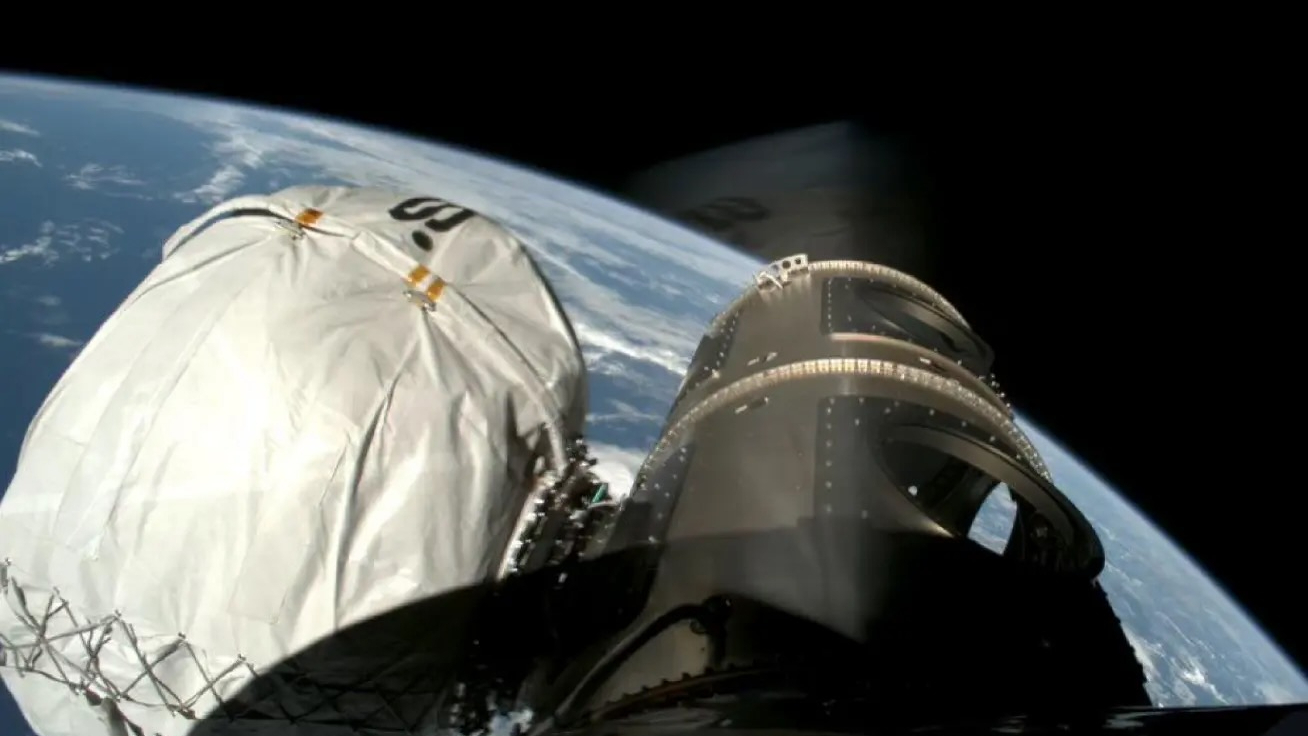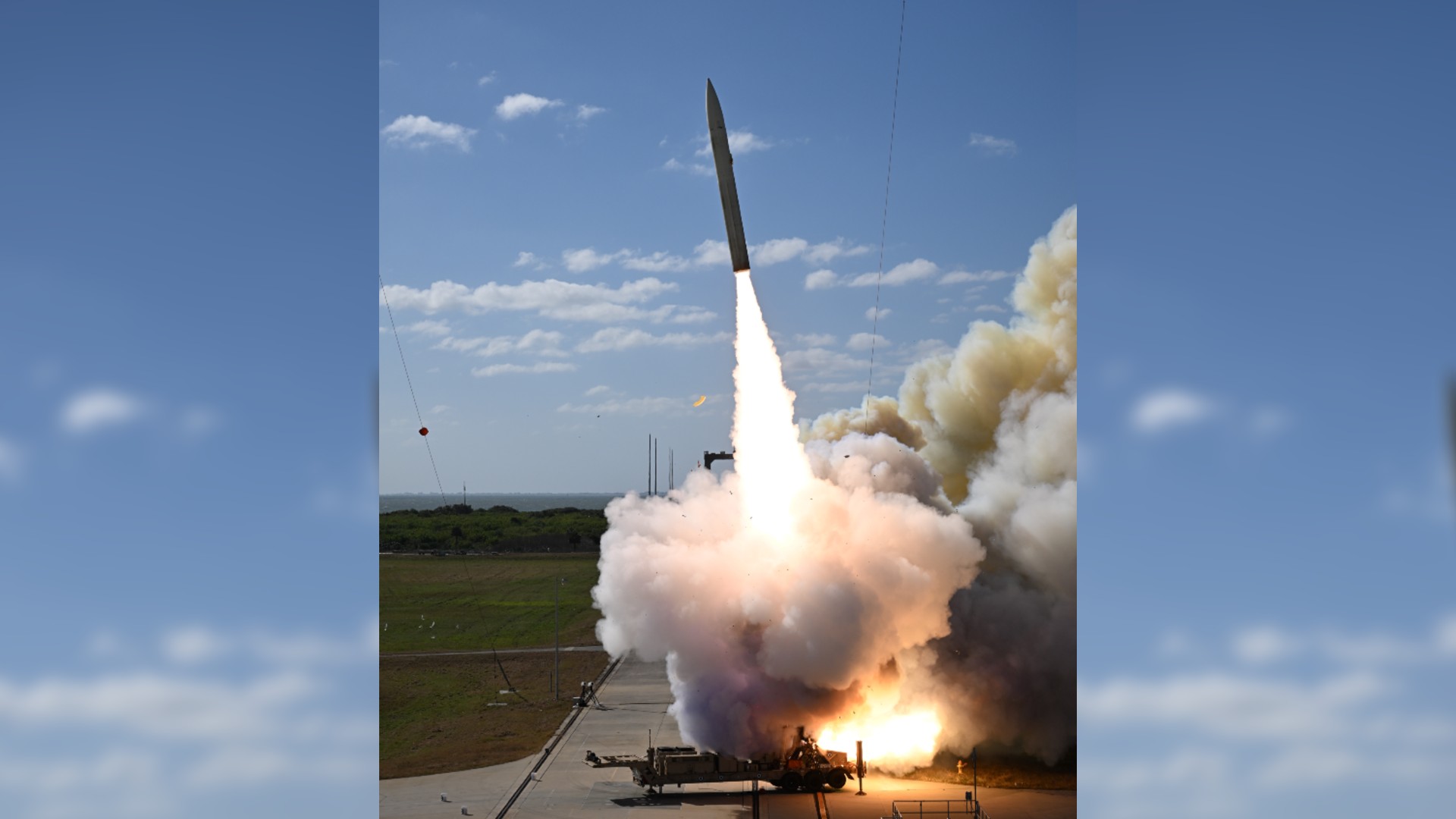Jaw-Dropping Views of Night Sky and Earth Win Photo Contest
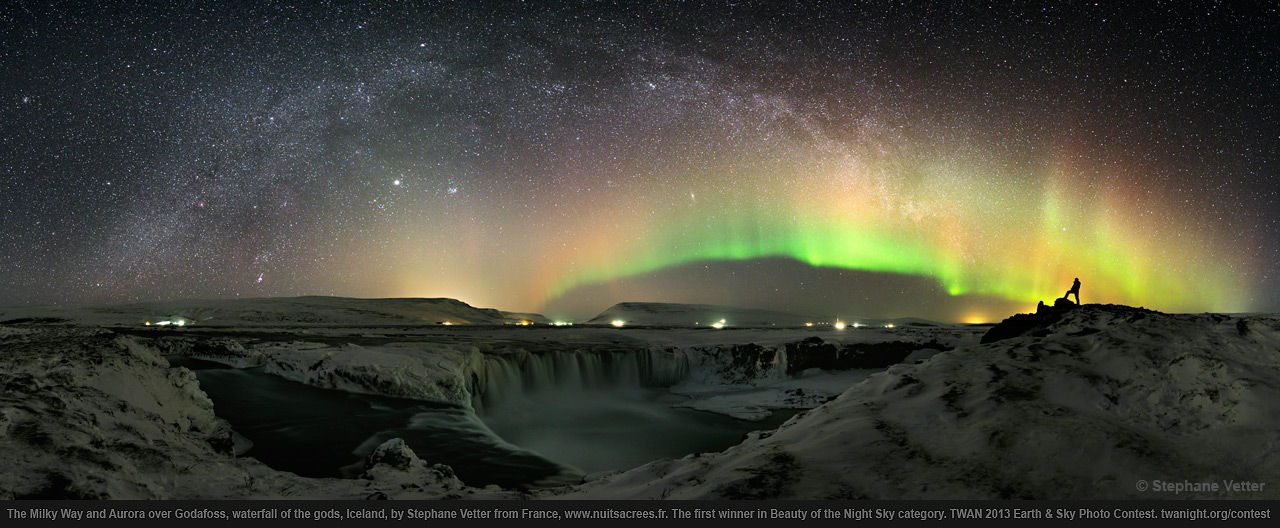
Eye-popping images of celestial wonders shining over equally stunning Earth views have won the top spots in the 2013 International Earth and Sky Photo Contest, competition organizers say.
The contest, the third annual event held by the landscape astrophotography group The World at Night (TWAN), aims to raise awareness about the importance of dark skies free of light pollution. It honors photos that show both the Earth and sky in all their glory.
"The amazing number of eye-catching entries from across the world tells how public attention to night sky is growing as well as interest to sky photography, and we are very pleased if TWAN has a role on this increasing awareness," Babak Tafreshi, TWAN director and one of the contest founders, said in a statement. [See all 10 amazing winning photos for 2013]
More than 700 entries were submitted to the contest, which was open to photographers of any age anywhere in the world. Winners were chosen in two categories: "Beauty of the Night Sky" and "Against the Lights."
The first emphasizes the wonder of the heavens, while the second highlights the problem of light pollution — the excess artificial light from cities that not only wastes energy and disrupts ecosystems, but obscures the comparatively dim light of the stars from view.
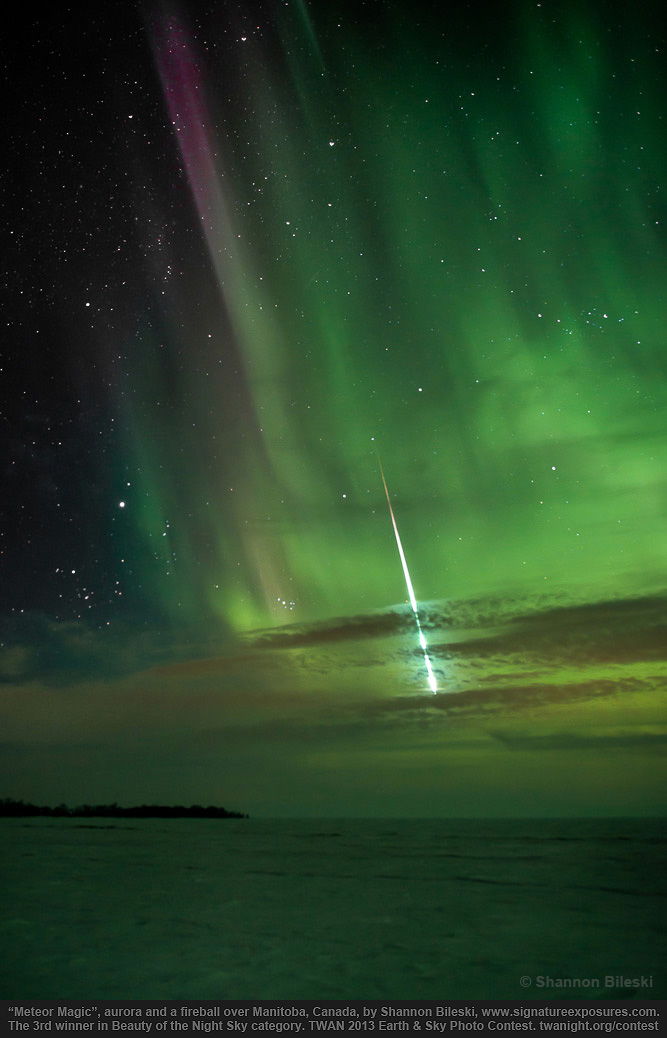
The top prize in the beauty category went to Stephane Vetter of France, who captured a panoramic photo in March 2013 of the aurora borealis and the Milky Way over the "Waterfall of the Gods" in Iceland. The first prize in the lights category was won by to Andreas Max Böckle of Austria for his photo showing the constellation Orion shining dimly over the glowing lights of the city of Salzburg, with the majestic Alps visible on the horizon.
Other winners include a stunning view of the stars over Canyon Lake in Arizona captured by is Zach Grether of the United States, and a photo of the Milky Way glowing in the sky over Reunion Island in the Indian Ocean, taken by Reunion Island resident Luc Perrot (a picture described by judge David Malin as having "perfect composition, color, focus. Outstanding!").
Get the Space.com Newsletter
Breaking space news, the latest updates on rocket launches, skywatching events and more!
The contest aimed to honor photographs that portray the genuine beauty of nature, with minimal editing or exaggeration through retouching.
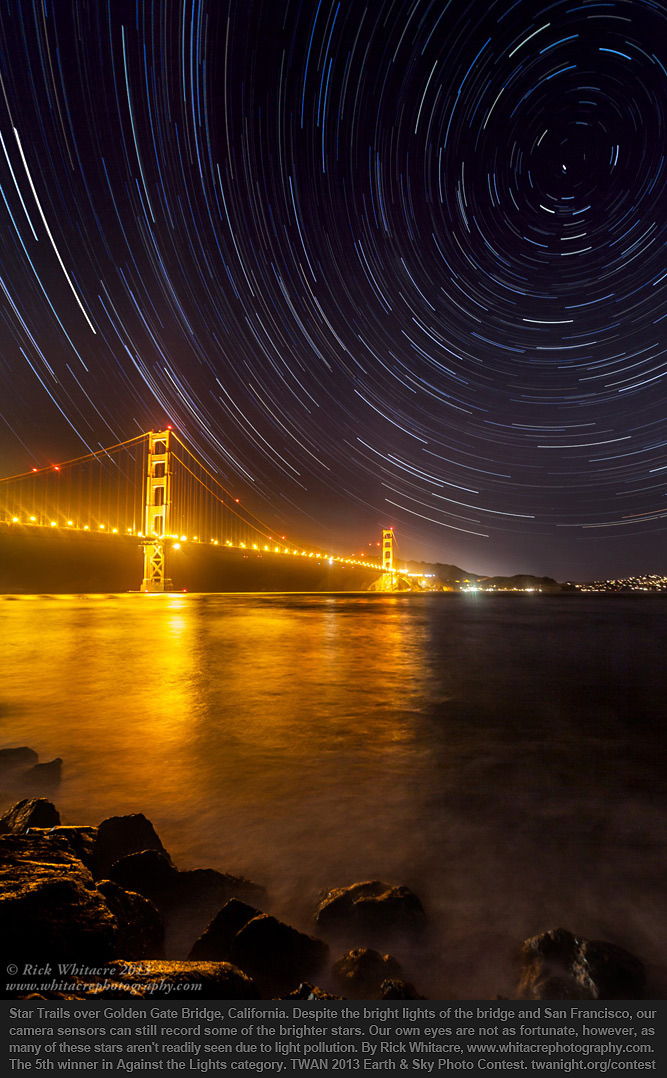
"A large number of the images with excellent composition and idea didn't reach the winners because of poor editing or over-cooked processing where the natural colors of night sky were altered by extreme white balance shift or applying too much color saturation," Tafreshi said. "While editing is of course essential in any style of photography specially when dealing with challenging low-light condition, according to the contest criteria entries should be 'gently' edited so they preserve the natural-looking sky and the originality of a photograph (compared to digital art)."
Prizes for the winners included expensive camera equipment, binoculars, and star tracking tools.
To learn more about The World At Night, visit: http://twanight.org/newTWAN/index.asp
Follow Clara Moskowitz on Twitter and Google+. Follow us @Spacedotcom, Facebook and Google+. Original article on SPACE.com.
Join our Space Forums to keep talking space on the latest missions, night sky and more! And if you have a news tip, correction or comment, let us know at: community@space.com.

Clara Moskowitz is a science and space writer who joined the Space.com team in 2008 and served as Assistant Managing Editor from 2011 to 2013. Clara has a bachelor's degree in astronomy and physics from Wesleyan University, and a graduate certificate in science writing from the University of California, Santa Cruz. She covers everything from astronomy to human spaceflight and once aced a NASTAR suborbital spaceflight training program for space missions. Clara is currently Associate Editor of Scientific American. To see her latest project is, follow Clara on Twitter.
